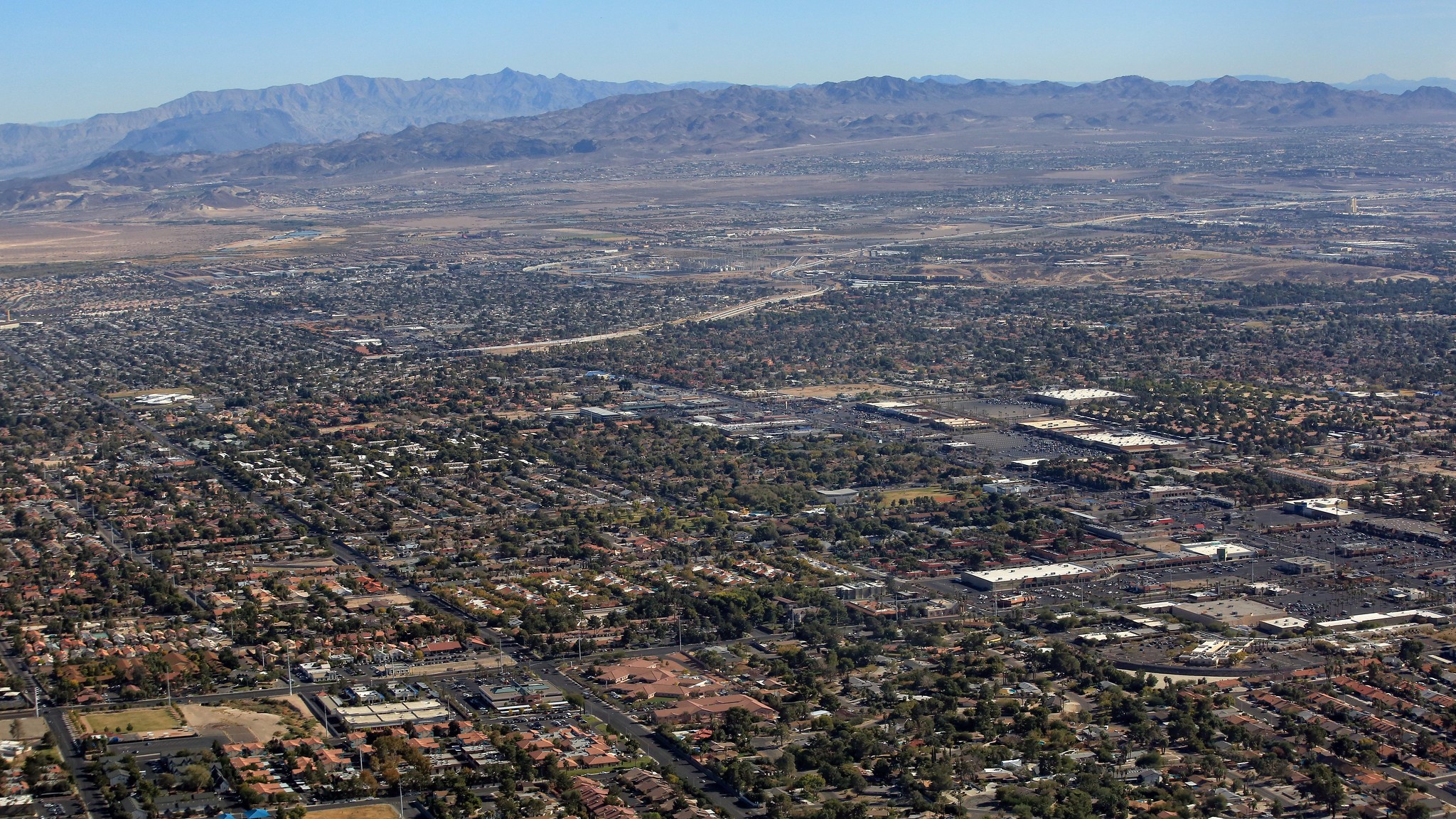Are Densely Built or Sprawling Cities Better for Conservation?

There is no clear consensus on whether densely packed or sprawling urban development best meets biodiversity and conservation goals. According to a new review by researchers at NC State, ecological outcomes of these development patterns are best assessed when studies use the same population, land area, and level of human needs for each landscape configuration. This allows researchers to decide which urbanization scenario is best suited to a specific community and its surrounding ecology.
While the tradeoffs between biodiversity and increased urban development – or “urbanization” – are well established, it’s not understood how different development patterns could positively or negatively impact conservation goals. For example, urban growth can lead to habitat fragmentation which can negatively impact biodiversity hotspots where many species of plants and animals live.
Urbanization can contribute to landscape fragmentation, car-dependence, an increase in impervious surfaces like asphalt or concrete, and low water quantity and quality. So, it’s important to understand if other development patterns could be utilized by city planners to reduce the impacts of urbanization on the regional ecology.
“Urbanization is basically the clustering of human social and economic activities, and a corollary to that is the expansion of those clustered human settlements and social and economic activities,” says Adam Terando, an ecologist with the Southeast Climate Adaptation Science Center and co-author to the review. “But that can be in all dimensions of space from 2D to 3D space.”
The sparing-sharing framework is adapted from agroecology and is used to determine which land-use configuration maximizes total populations of animal or plant species by comparing population density and total yield (how much crop was produced in equal-area landscapes of different agricultural intensity) for as many individual species as possible. Once modeled, researchers can then determine which landscape configuration maximizes the total population for each species.
While useful for planning crops, this framework may also be useful for planning cities and can help demonstrate how species and communities may respond to different patterns of urban development. In this urban context, “sparing” is when densely urbanized areas sit alongside untouched areas, and “sharing” is low-density development throughout and across a larger area of land – but with more greenspace interspersed in the city.
To see whether the sparing-sharing framework has produced actionable conclusions for urban ecologists, researchers conducted a review of sparing-sharing literature from 2010-2021. They identified studies in 22 cities on four continents, covering 296 species, 21 community metrics, and 26 indicators of ecosystem services or processes. Study designs varied with five studies using the classic sparing-sharing approach, which compared population density and level of urbanization for each species to show which configuration maximized population, diversity, and ecosystem services.
Other studies used simulation, paired landscape, or observational designs which utilized different techniques to compare alternative landscapes. Simulation studies used sampled communities to simulate effects of different development patterns while paired landscapes were matched in level of urbanization but differed in green space configurations. Observational studies used proxies to estimate outcomes for different landscape combinations. Although researchers found that the global South and North America were underrepresented in these reviewed studies, it may not be because urban ecologists aren’t thinking about this issue.
“We need more simulation studies that start with the real world footprint of an actual city and ask how different growth scenarios would affect its biodiversity and ecosystem services,” says Youngsteadt. “And then also address the management question to understand how big a difference we can make for biodiversity just by adjusting land management within landscapes that are already shared or spared…for example by making lawns friendlier to wildlife.”
The researchers found that sparing was best for 51% of individual species, 43% of community metrics, and 27% of ecosystem service indicators such as carbon sequestration, greenspace access, or air quality. The authors also concluded that most studies did not clearly define the spatial scale at which sparing-sharing was assessed.
“The sharing mode of urbanization can cut off a lot of habitat and particularly habitat corridors that different species might otherwise take advantage of as the climate changes and they are trying to find a suitable spot to live,” says Terando.
Ultimately, the researchers concluded that when comparing different configurations of urbanization, researchers should choose study sites with comparable population sizes, livelihoods, and land area in order to understand how species and communities respond to certain development patterns. Ecologists and city planners are well aware of the problems of urban sprawl, but they need to be contextualized against the effects of housing the same population in a different configuration. The sparing-sharing framework provides one way for urban ecologists to do so.
”We really still need help answering this question,” says Terando. “If someone wants to go out and do it, I think it would be a really impactful and really great contribution to the fields of ecology, conservation, and urban planning.”
The paper, “Compact or Sprawling Cities: Has the Sparing‑Sharing Framework Yielded an Ecological Verdict,” was published in the journal Current Landscape Ecology Reports. It was authored by Elsa Youngsteadt (NCSU), Adam Terando (SE CASC), Jennifer Costanza (USDA Forest Service), and Jelena Vukomanovic (NCSU).
- Categories:
